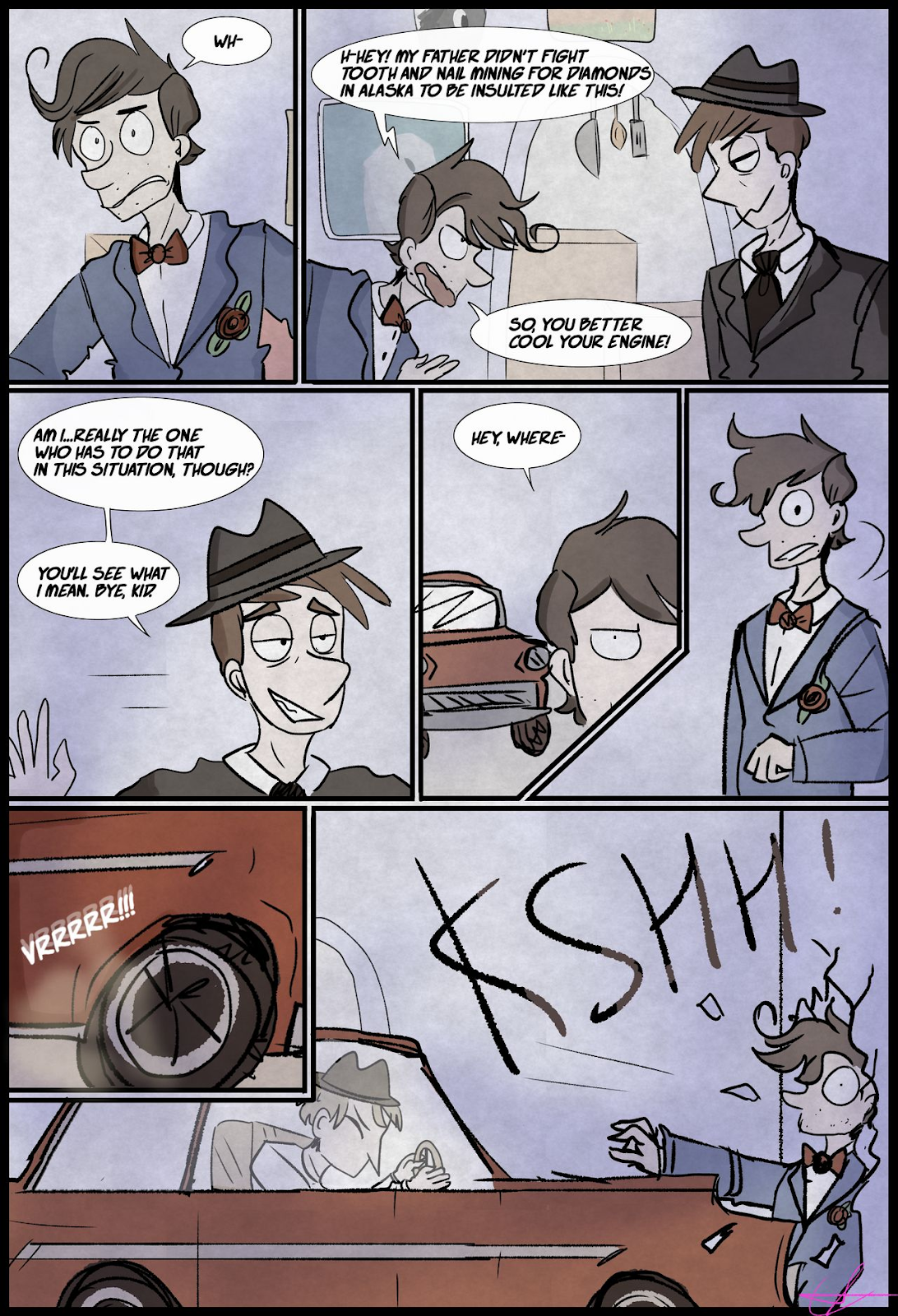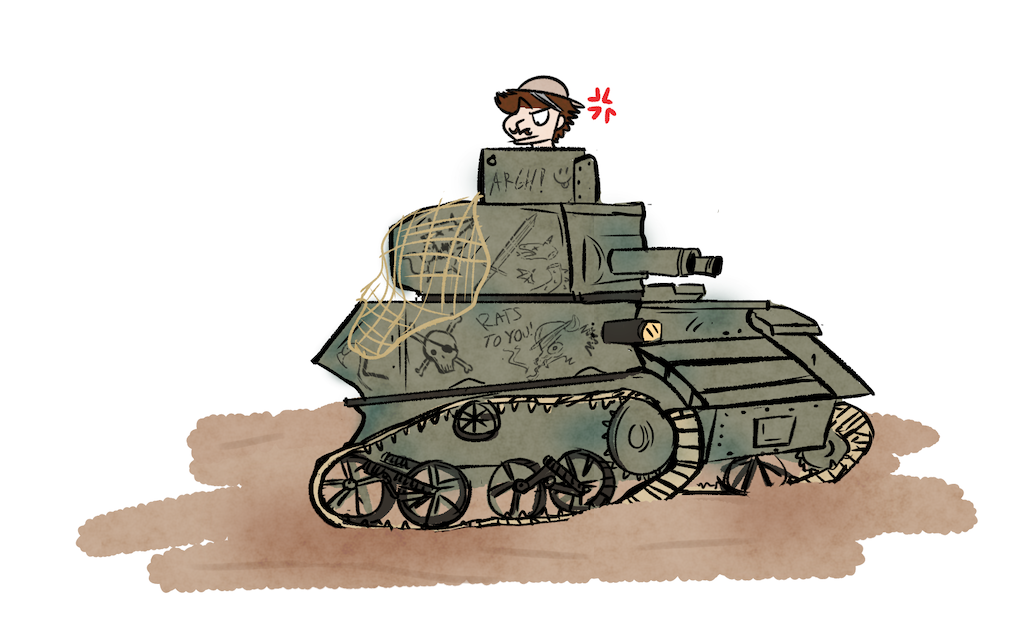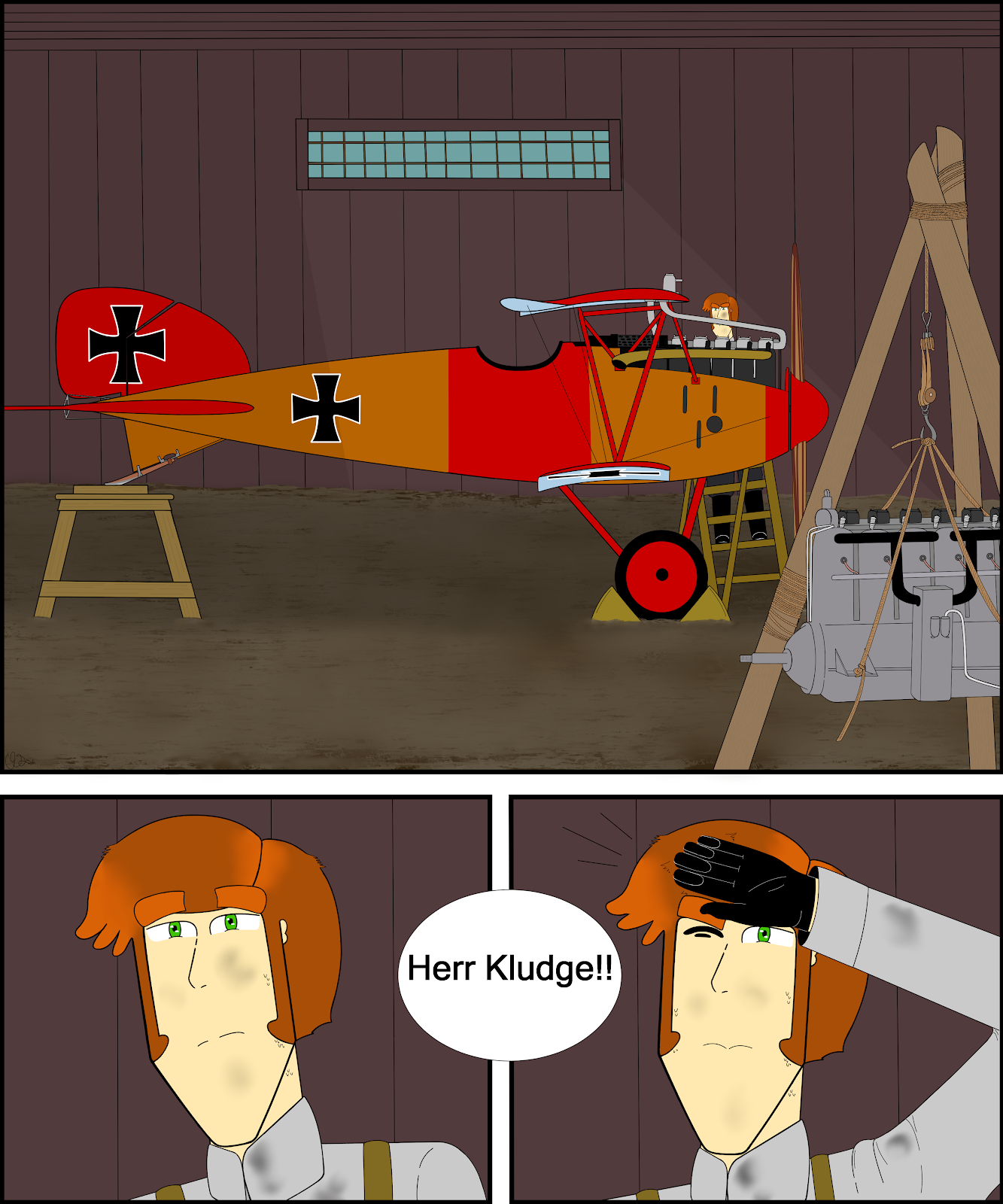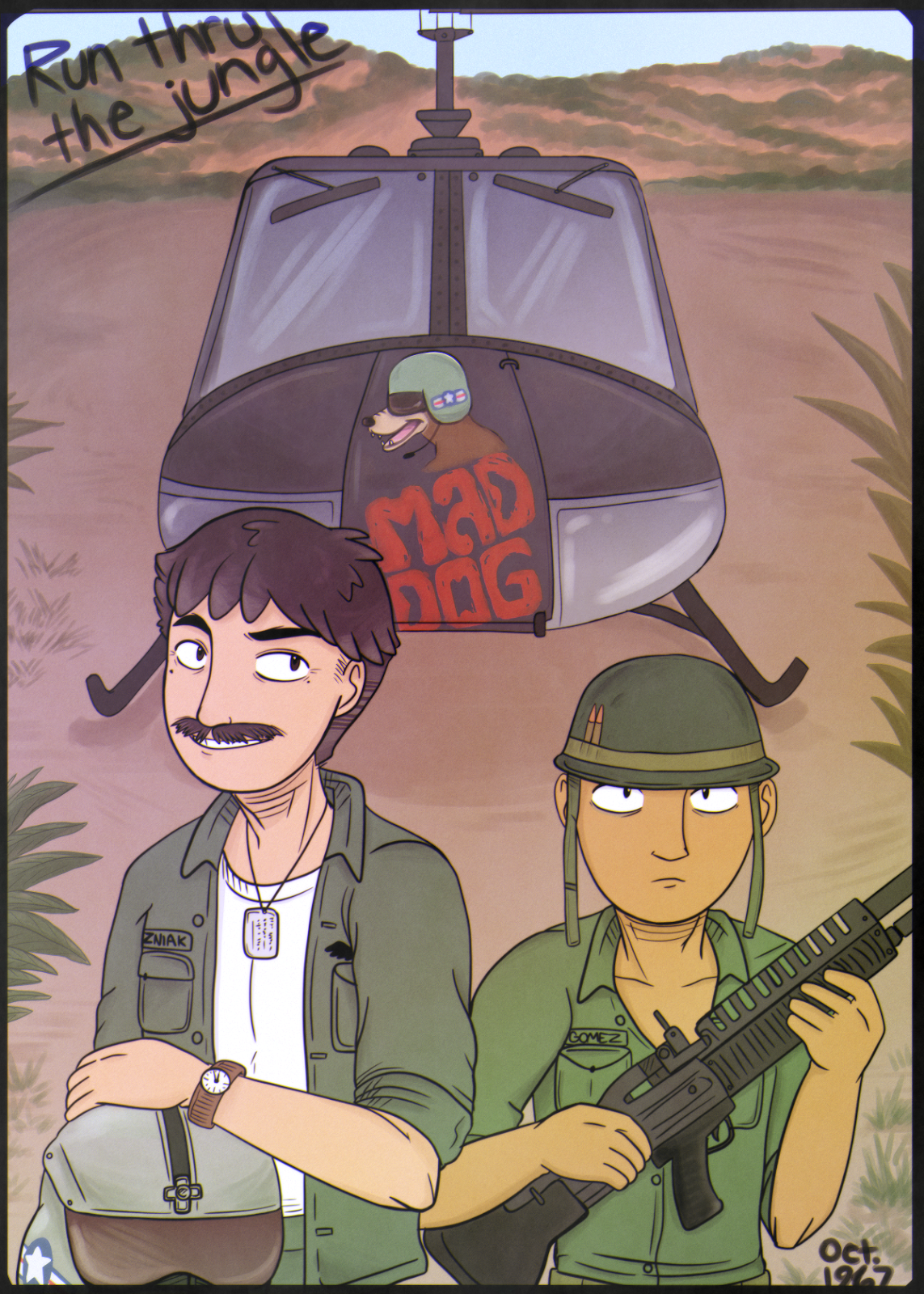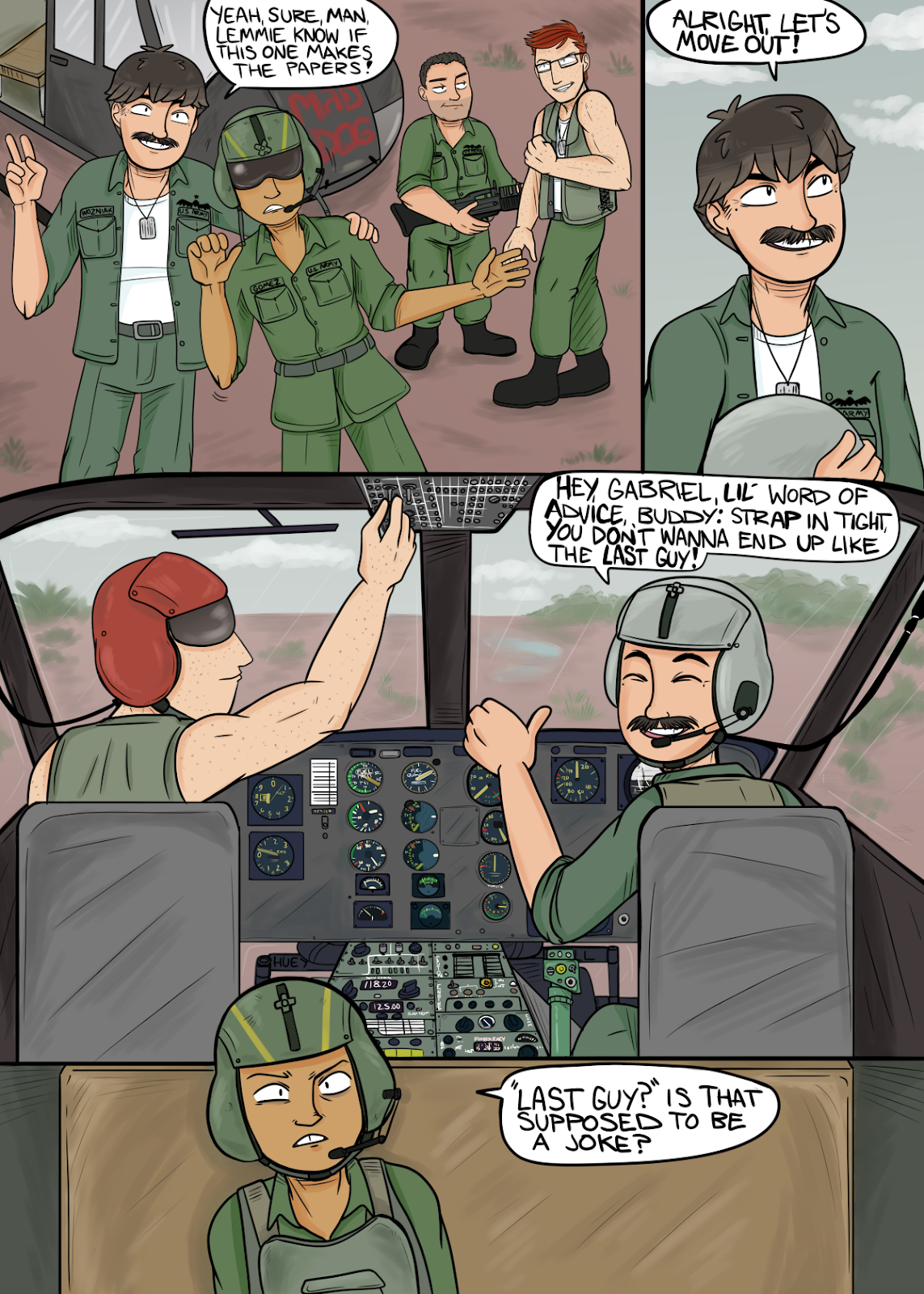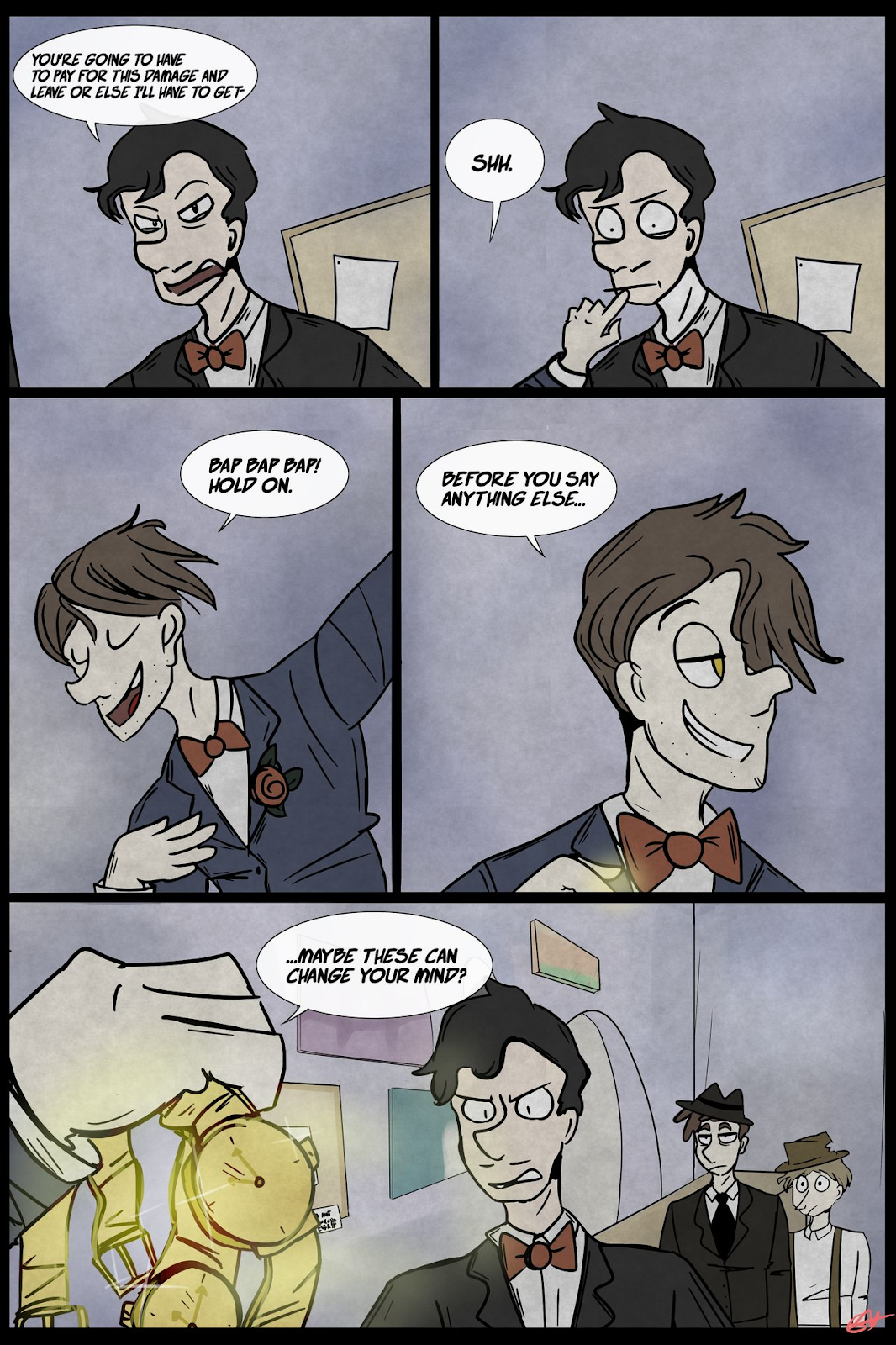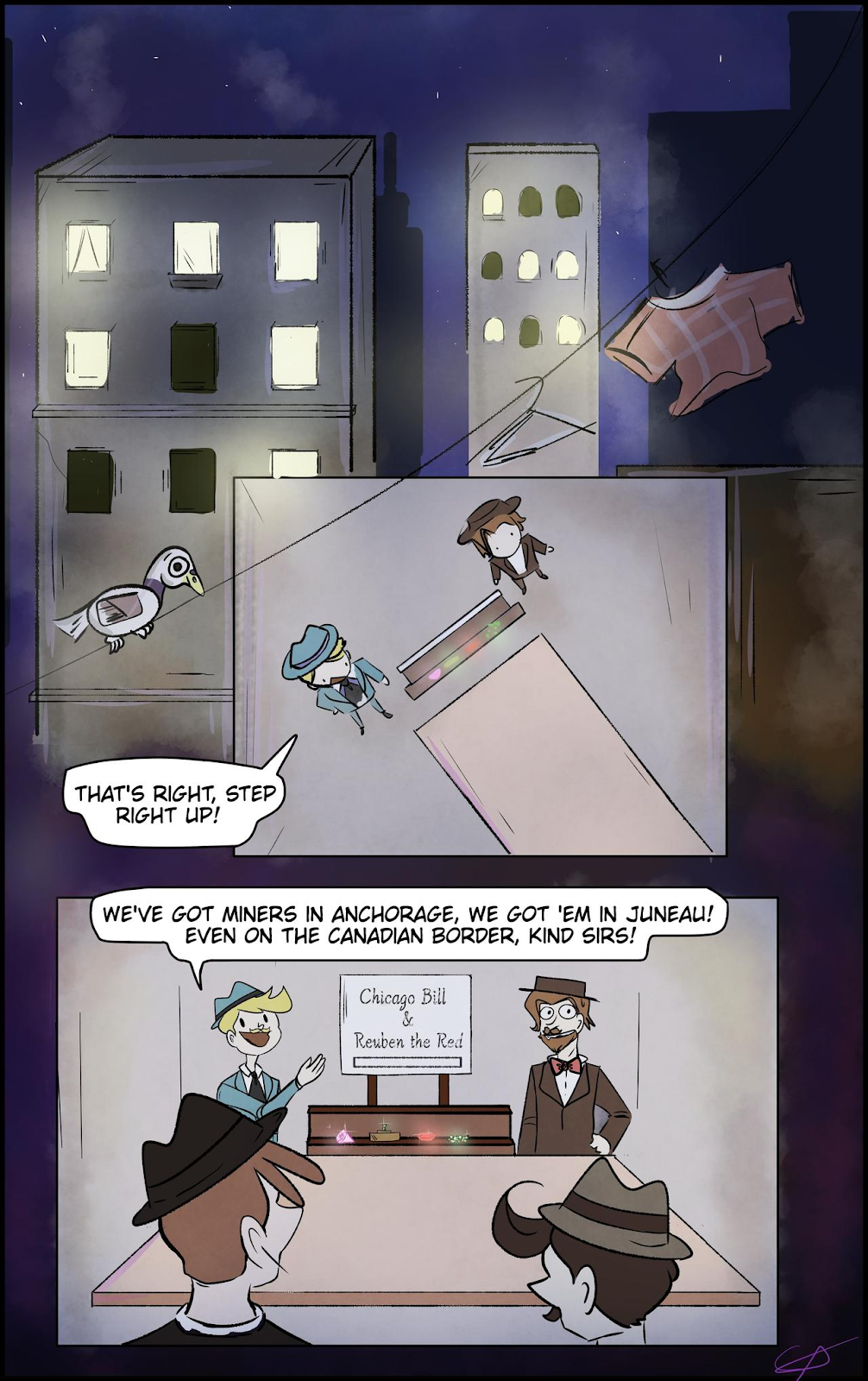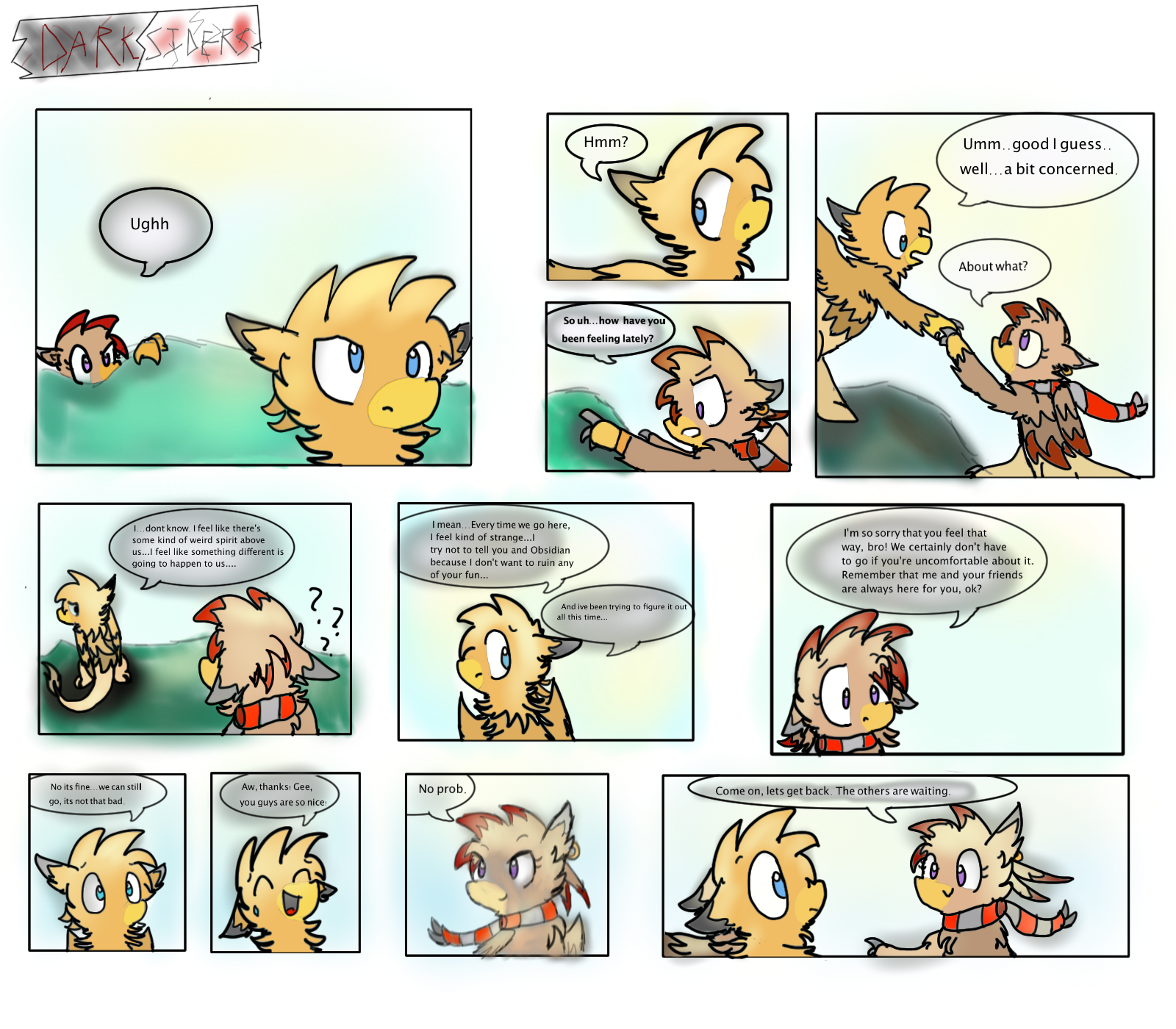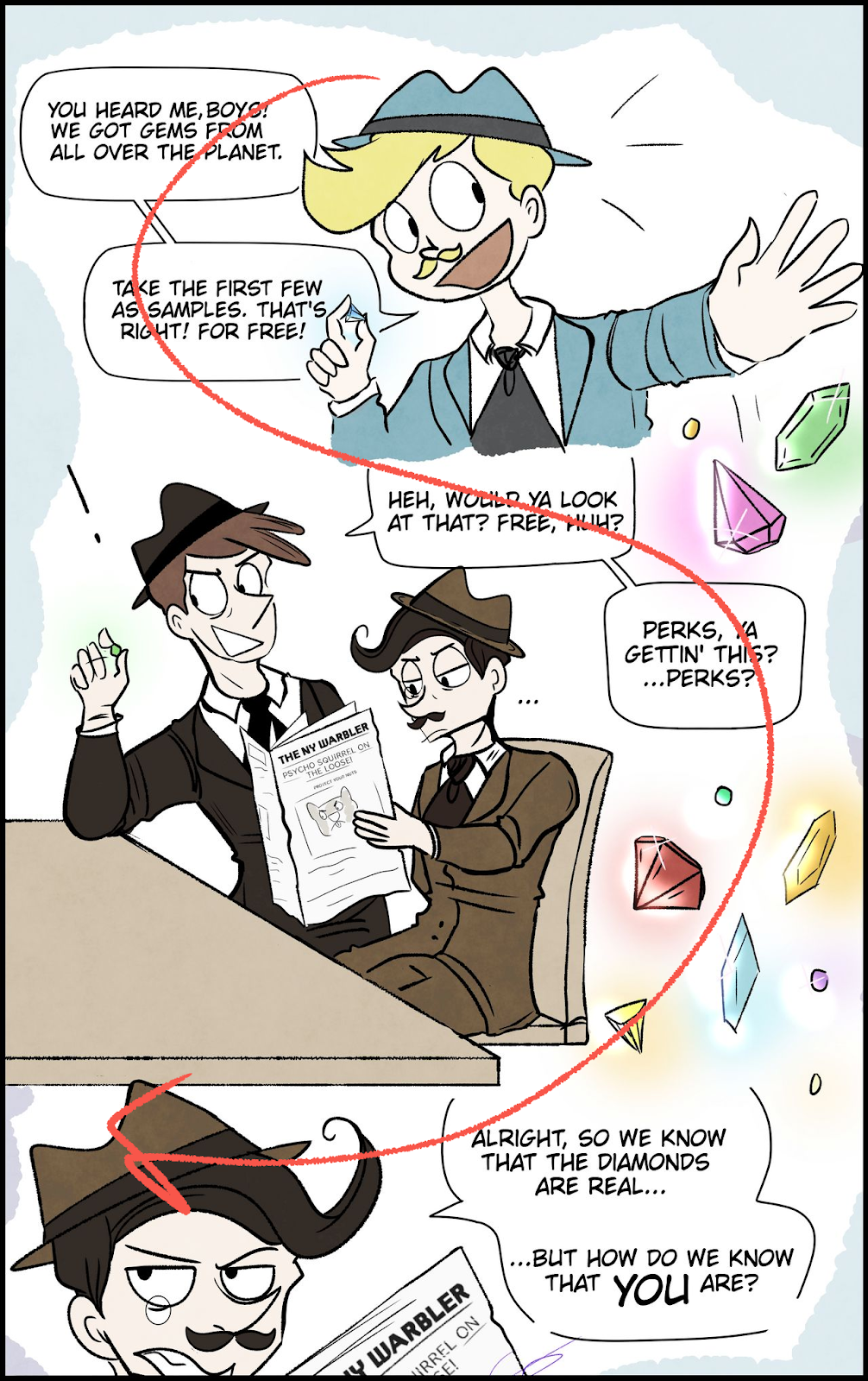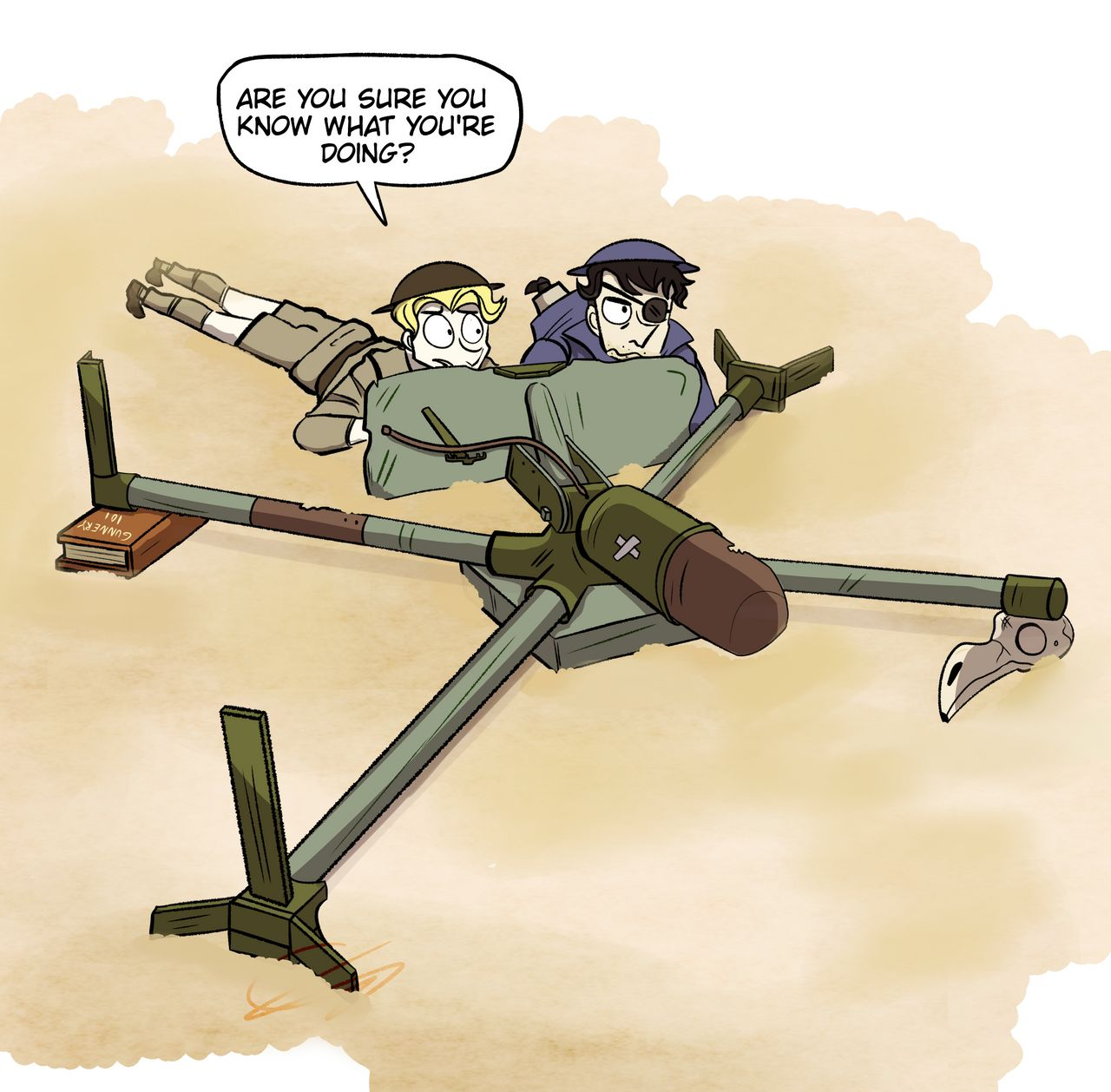How to Start a Webcomic: A Guide
Guest Writer: ThePurpleGriffin / Jan Vasquez
Note: This article was written to benefit from the Discount Deal.
Step 3: Learn, Learn, Learn!
Everyone starts somewhere. But comic-making is a skill, and thus, requires dedication and effort if you wish to improve. Earlier, I mentioned that if you are not confident in your art skills, you will get better if you work hard enough. Here, I will expand on that concept and explain why that only makes up half of the deal.
Working hard and working smart and two different concepts. Luckily, in the art world, both can be achieved if you take advantage of your resources.
Drawing from life is a crucial part of making believable art. Even if your work centres around, say, fantasy or cyberpunk, all genres are grounded in realism. And so, this is where references come into play. Don’t know how to draw a certain tree? Go to Google Images, find photos of that specific tree species from different angles, and sketch them to get a hang of what they look like. Can’t draw a dragon? Search up and save images of previously-drawn dragons, as well as some references of real animal claws, horns, skulls, scales, and the like. Now, not only will you begin to understand the fundamentals of animal anatomy, but you will have the freedom to mix and match combinations of animal parts to draw a dragon species unique to you.
What I love about studying references is that it enables you to learn how to draw anything at all. And so, I will now mention the inevitable blend of both organic and inorganic material; eventually (though, there are some exceptions), there may come a time when your comic requires you to draw something more “difficult” and “concrete”, such as a robot, vehicle, weapon, or ship.
As part of the historical art community, I had my fair share of this. The Graveyard Quartet series mainly takes place from the 1930s to the 1960s, so I had to get out of my comfort zone and draw a machine or two (see both comics above).
What was the secret? Drawing from life, of course. When it comes to sketching both living and inanimate objects, the concept of using references still remains.
To the right is another example. One of my favourite historical webcomics is Lost in No Man’s Land, created by my comrade, C-E-Smith. The comic features accurate depictions of plane models, weaponry, and scenery from the WWI era. I asked C-E-Smith how she was able to accomplish this, and she told me, “I mostly look at real pictures when I'm stuck... look up some trenches and such.”
Another favourite historical comic of mine is Run Thru The Jungle by DeviantART and Tumblr user Itchymoto. Set during the Vietnam War, it is about two American soldiers who learn to set their differences aside as they go missing in action (below).
Notice how in both comics, the machinery looks pretty believable. There’s nothing like learning how to draw by using Google Images as your teacher. It is free, after all.
Now, what happens if you cannot find a specific reference for something? Surely, searching up “city buildings” won’t help you get that specific story background on paper, at least not right away. So... now what? Well, here, I will emphasize that there is a difference between learning how to draw something and learning how a concept works.
Case in point: perspective.
I’m going to be vulnerable here and say that this is my weakness. I cannot, for the life of me, draw an accurate background from memory, or even from looking at a picture or compilation of pictures. My brain just doesn’t grasp the concept of depth, or at least well enough to spit it back out on paper. If you’re one of those people who can just do that, then good for you! But for a while, it became a huge challenge for me in some of my Graveyard Quartet pages (see below).
I did, however, find some tutorials for one-point and two-point perspective, enabling me to apply some of those skills to my webcomic when needed (see below).
Notice the improvement? I sure hope so. That’s the beauty of making comics in the first place; if you really work at it and keep going, you will see your work get better and better.
If you still feel stuck, remember that formatting your pages is like playing a game or navigating through a maze. Comics differ from portraits or still imagery because they tell stories in sequence, guiding the eye using a variety of camera angles that flow and connect. Though there technically isn’t one way to make a comic, there are a few tips and tricks that will make the layout more appealing to the viewers and easy to read.
A lot of beginning webcomic artists add too much dialogue in one speech bubble, giving the reader an annoyingly tiresome wall of homework to get through. I did this in Darksiders, and humbly regret it (see below).
The dialogue is split up a tiny bit, but most of it is squished into paragraphs sitting in boring, cookie-cutter speech bubbles. Notice how the panels have no flow, no balance, and no variety to keep the readers interested. Now, for TGQ:CC, I try to split up the dialogue a bit more (see below).
I put a flow line in red to show you how the speech bubbles and placement of the characters guide your eye to what is being shown and what is being said. And... that’s what comics are supposed to do: tell a story through visuals while also letting the dialogue throw in some charm.
So, in this case, looking at references and watching tutorials comes in handy. Spend some time reading webcomics and graphic novels, as well as searching for tutorials that suggest certain panel layouts and ratios. Both will help you in the long run, as well as provide a burst of inspiration here and there. You’re certainly not alone here! You got this.
Lastly, I suggest taking critiques on your work, as sometimes, an outside viewer can point out mistakes faster than you can. As artists, we tend to focus on the parts that we like, and remain blind to obvious flaws.
Yes, it can be scary. Nobody likes to hear what they are doing wrong. But just like how a script can have plot issues, a comic page can have its own errors, whether it be the pacing, artistic quality, or placement of dialogue. Fortunately, both can be picked out by trusted family members and friends. Assuming that they are nice enough to tell you the truth, they are good first candidates for giving your pages some quick reviews.
If you don’t wish to show the people around you your work, or, if you desire feedback from artists and webcomic creators, the internet is the place to go. Online friends are quite helpful in this regard, since they are easy to contact and might know a person or resource that can point you in the right direction.
The same applies to online forums... sort of. All websites have trolls, jerks, and lowlifes who take pleasure in telling you your art is “bad” without giving you a reason why. If you encounter any, don’t let them get to you. Trust me- you’ll know a good critique when you see one!
It takes guts. A hide of tough leather, maybe. But remember, the best comic artists out there never rely on talent alone. You get what you put into it. Learn at your own pace, ask for help, and take a step back once in a while to see how far you’ve come.
The next instalment is about setting a sustainable pace and how to avoid burning out.
~Hayley
Credits
Lost In No Man's Land comic by C.E. Smith
Run Thru The Jungle comic by Itchymoto
The Graveyard Quartet and the Crowned Corvids and blog post wording by ThePurpleGriffin. See her TGQ:CC gallery or check out her official Instagram
Title image by ThePurpleGriffin and used with her kind permission.
